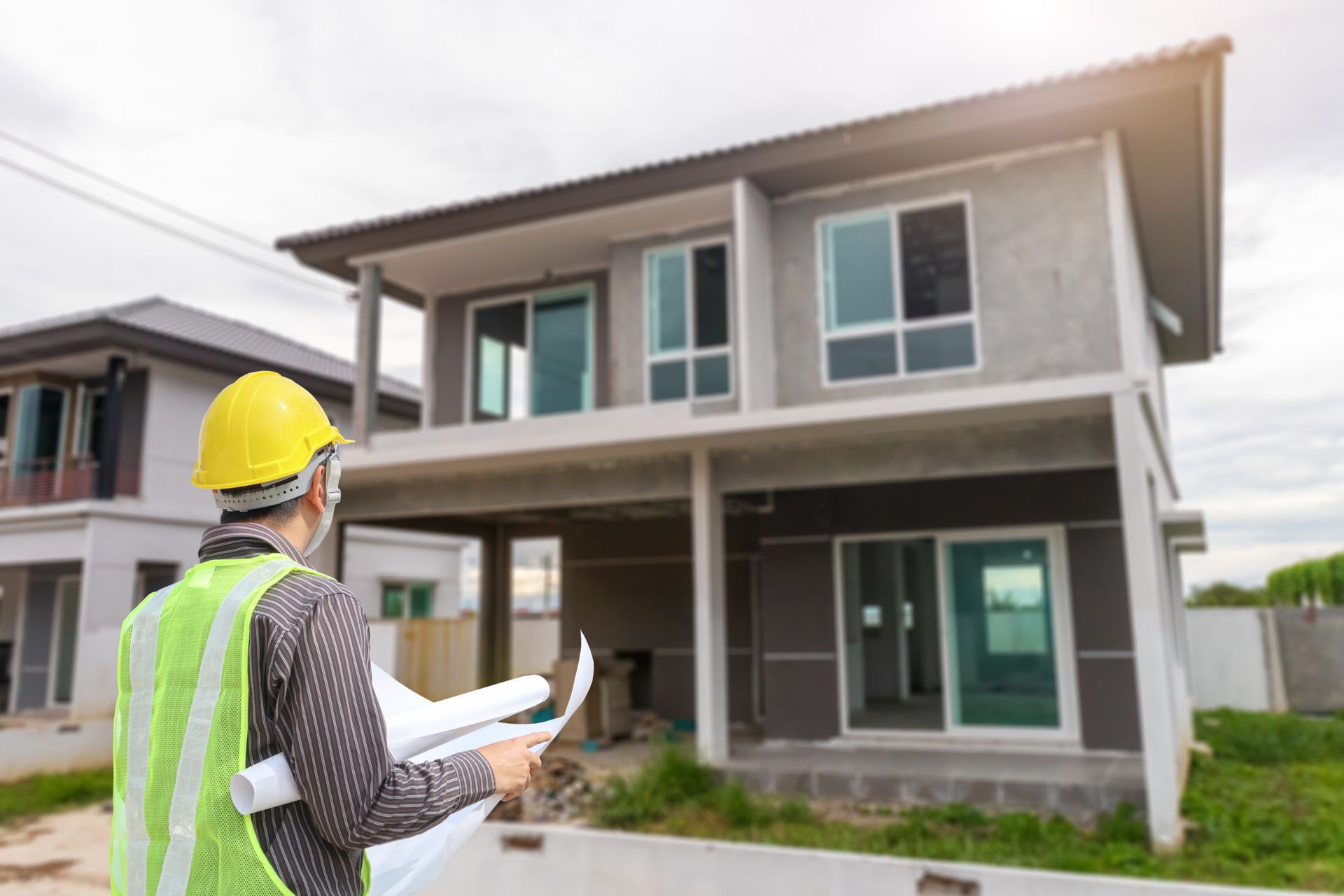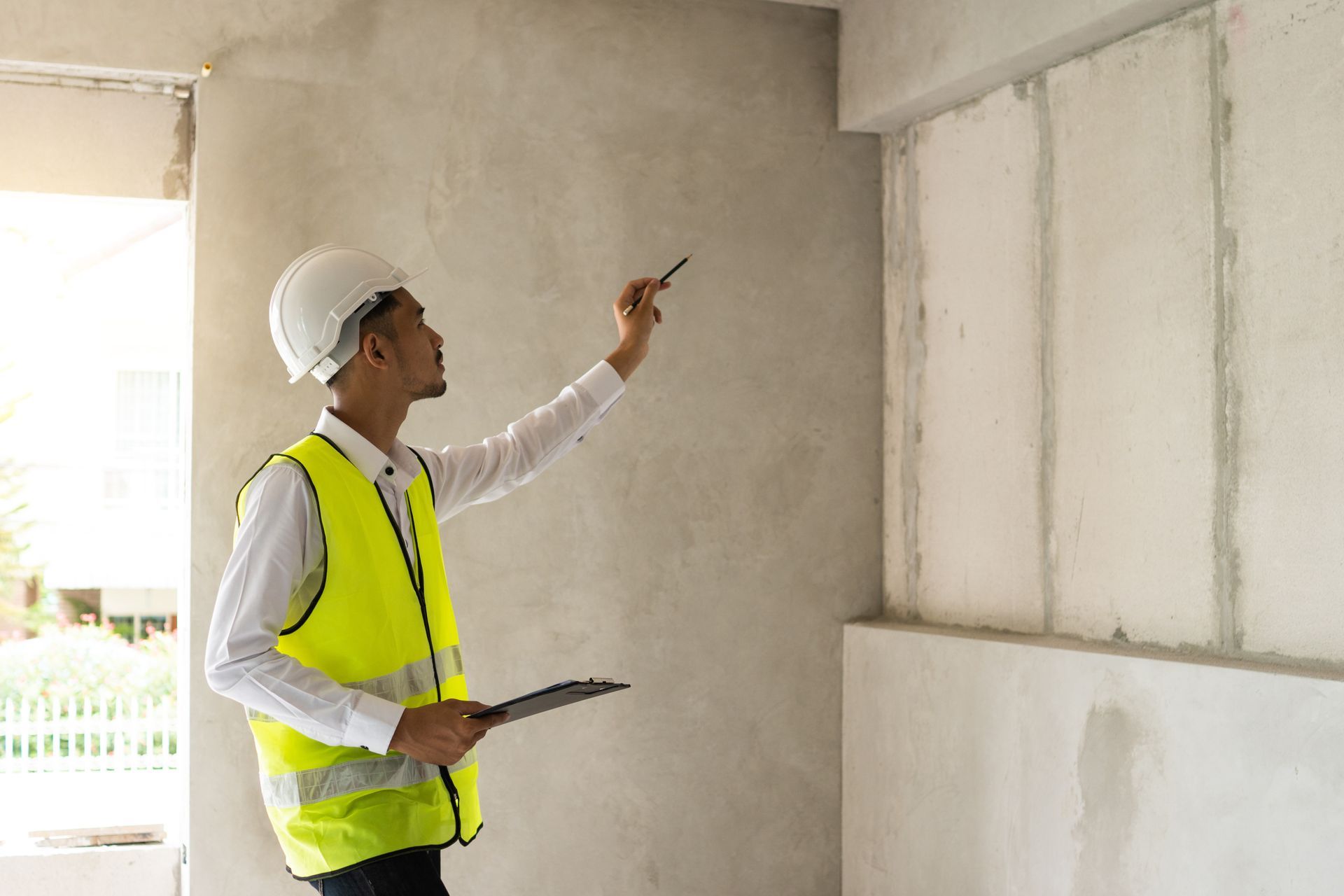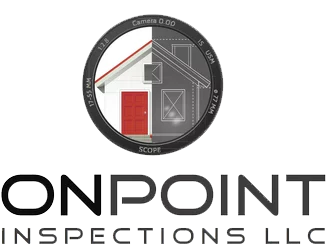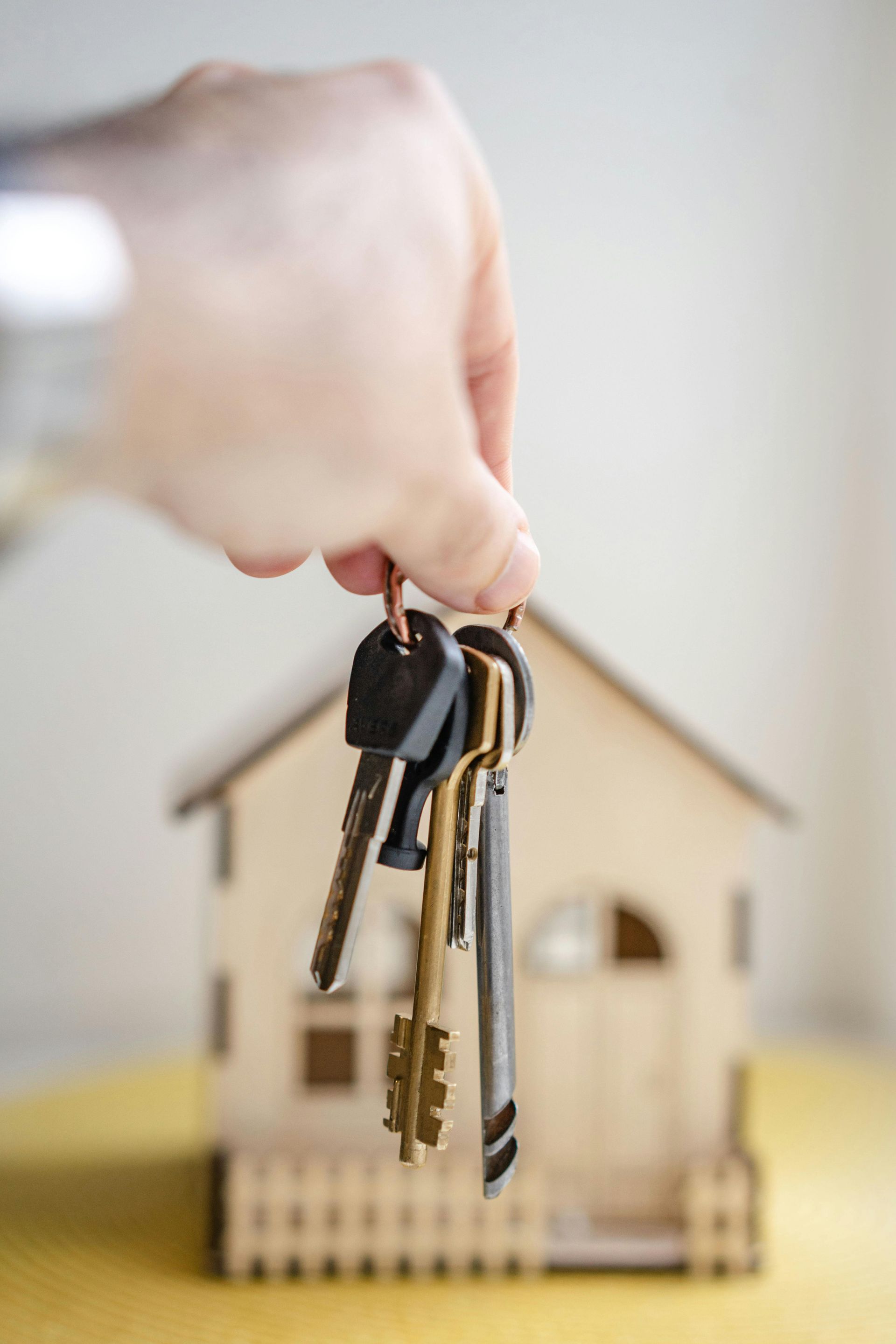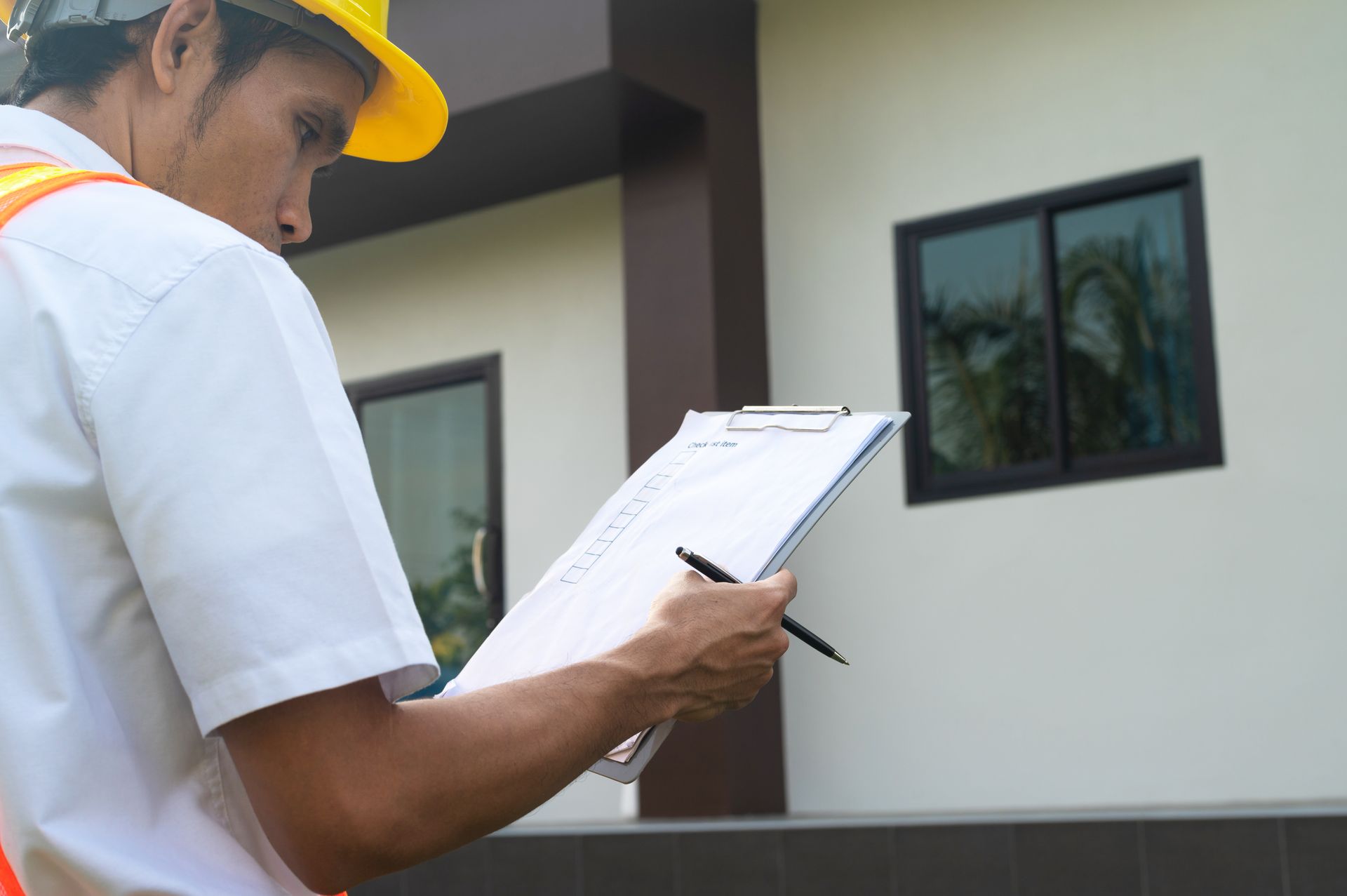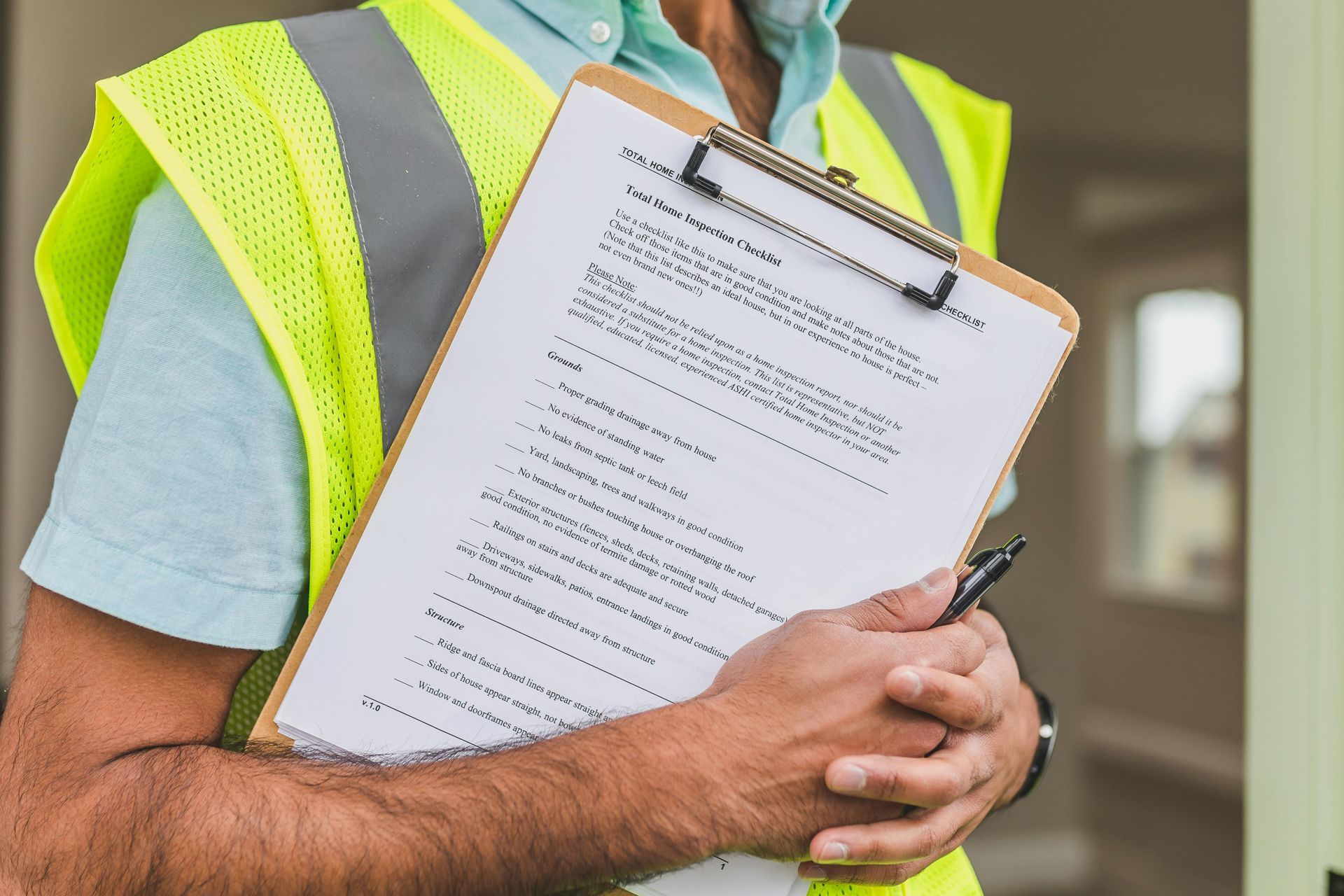Your Ultimate Home Inspection Checklist for Buyers
Buying a home is a significant investment, and ensuring that you're making a wise choice is crucial. A thorough home inspection can reveal potential issues that might not be visible at first glance. At On Point Inspections LLC, we understand the importance of a detailed inspection to safeguard your investment. Our comprehensive home inspection checklist for buyers will guide you through the process, helping you identify critical areas to examine before finalizing your purchase. Whether you're a first-time homebuyer or seasoned investor, this checklist will empower you with the knowledge needed to make an informed decision. Call us at (775) 781-7536 for expert home inspection services and ensure your new home is a sound investment.
Exterior Inspection
Foundation and Structure
- Check for cracks: Inspect the foundation thoroughly for any visible cracks or shifts. Even hairline cracks can indicate underlying structural issues that may need attention.
- Look for water damage: Pay close attention to areas where the foundation meets the ground and inspect for signs of water damage. Water stains or mold growth can signify drainage issues or poor waterproofing.
- Examine the grading: Ensure the ground slopes away from the foundation to prevent water accumulation. Proper grading is essential to protect the foundation from water infiltration, which can lead to costly repairs over time.
Roof and Gutters
- Inspect the shingles: Walk around the property and visually inspect the roof for missing, damaged, or curled shingles. Damaged shingles can compromise the roof's integrity and lead to leaks.
- Check for leaks: Inspect the attic space for any signs of water penetration, such as water stains on the ceiling or mold growth. Leaks in the roof can cause extensive damage to the interior of the home if not addressed promptly.
- Gutter functionality:
Check that gutters and downspouts are clear of debris and securely attached to the home. Properly functioning gutters are essential for directing rainwater away from the foundation and preventing water damage to the exterior walls.
Exterior Walls and Windows
- Check for damage: Walk around the exterior of the home and inspect for cracks, holes, or signs of decay in the siding or stucco. Damaged exterior walls can allow moisture to penetrate the home's interior and lead to structural issues over time.
- Inspect windows: Open and close each window to ensure they operate smoothly. Look for any cracks or gaps around the window frames that could compromise energy efficiency or indicate poor installation.
Interior Inspection
Electrical System
- Examine the panel: Open the electrical panel and check for proper labeling of circuits. Look for any signs of overheating, such as discoloration or burn marks, which could indicate electrical issues.
- Test outlets: Use a circuit tester to verify that all outlets are functioning correctly and grounded. Faulty outlets or outdated wiring may need to be replaced to ensure the safety and reliability of the electrical system.
- Check for outdated wiring: In older homes, inspect for knob-and-tube wiring or aluminum wiring, which may be outdated and pose a fire hazard. Updating the wiring can improve the home's safety and reduce insurance premiums.
Plumbing System
- Inspect pipes: Look under sinks and around plumbing fixtures for any signs of leaks, corrosion, or water stains. Check exposed pipes in basements or crawl spaces for signs of rust or deterioration.
- Test water pressure: Turn on faucets and showers to assess the water pressure and ensure it's consistent throughout the home. Low water pressure could indicate plumbing issues or clogged pipes that may need attention.
- Check for drainage issues: Flush toilets and run sinks to test for proper drainage. Slow drains or gurgling noises can indicate clogged pipes or sewer line problems that may require professional plumbing repairs.
HVAC System
- Inspect the furnace and AC unit: Examine the HVAC system to ensure it's in good working condition and properly maintained. Look for signs of rust, corrosion, or unusual noises coming from the units.
- Check filters: Remove and inspect air filters for dirt buildup or damage. Clean or replace filters as needed to improve air quality and HVAC efficiency.
- Test the thermostat:
Adjust the thermostat settings to verify that the heating and cooling systems respond correctly. Ensure the thermostat is accurate and able to maintain a comfortable indoor temperature.
Interior Spaces
Walls, Ceilings, and Floors
- Look for cracks or stains: Inspect walls and ceilings for any signs of cracks, water stains, or uneven surfaces. These could indicate foundation settling, water leaks, or structural issues that need further evaluation.
- Check for uneven floors:
Walk through each room and pay attention to any areas where the floor feels uneven or slopes. Uneven floors may indicate foundation problems or improper installation that could affect the home's stability.
Doors and Windows
- Test functionality: Open and close all doors and windows to ensure they operate smoothly without sticking or binding. Check that locks and latches secure properly for added security.
- Check seals: Inspect the weather-stripping around doors and windows for signs of wear or gaps. Proper seals improve energy efficiency and help maintain a comfortable indoor environment.
Attic and Basement
- Inspect for pests: Look for signs of rodents, insects, or pest droppings in the attic and basement areas. Pest infestations can cause damage to insulation, wiring, and structural components.
- Check insulation: Evaluate the condition and thickness of insulation in the attic and basement. Adequate insulation helps regulate temperature and energy costs year-round.
- Look for moisture:
Use a flashlight to inspect for any signs of water stains, mold growth, or musty odors. Moisture issues in the attic or basement can indicate roof leaks, plumbing leaks, or poor ventilation that needs attention.
Safety Features
Smoke and Carbon Monoxide Detectors
- Test functionality: Press the test button on smoke and carbon monoxide detectors to ensure they activate properly. Replace batteries if needed and verify that detectors are interconnected for maximum safety.
- Check placement:
Ensure smoke and carbon monoxide detectors are installed on every level of the home and near sleeping areas. Proper placement enhances early detection and alerts occupants to potential hazards.
Fire Extinguishers
- Inspect availability: Locate fire extinguishers in easily accessible areas, such as the kitchen and garage. Check the pressure gauge to ensure they are fully charged and ready for use in case of a fire emergency.
- Check expiration dates: Review the expiration dates on fire extinguishers and replace or recharge them as recommended by the manufacturer. Proper maintenance ensures fire extinguishers are reliable when needed.
Security Systems
- Test alarms:
Activate the security system to test door and window sensors, motion detectors, and alarm sirens. Verify that the system communicates with monitoring services and responds promptly to potential security breaches.
Ensure Your Dream Home Stays Perfect
A thorough home inspection is essential for making an informed decision when purchasing a property. By following this comprehensive checklist, you can identify potential issues and avoid costly surprises down the road. At On Point Inspections LLC, we are dedicated to providing detailed and reliable home inspection services tailored to meet your needs. Contact us at
(775) 781-7536
to schedule your inspection and ensure your new home is a sound investment.
FAQs
Why is a home inspection important for buyers?
A home inspection helps identify potential issues and provides a clear understanding of the property's condition, ensuring buyers make an informed decision.
What should I do if the home inspection reveals problems?
If problems are found, you can negotiate with the seller for repairs or a price reduction, or decide whether to proceed with the purchase.
How long does a home inspection typically take?
A standard home inspection usually takes 2-4 hours, depending on the size and condition of the property.
Should I be present during the home inspection?
Yes, being present allows you to ask questions and gain a better understanding of the property's condition firsthand.
What does a home inspection report include?
A home inspection report provides detailed information on the condition of the property, including photos, descriptions of any issues, and recommendations for repairs or further evaluation.
For any additional questions or to schedule an inspection, contact On Point Inspections LLC at
(775) 781-7536. Our experienced team is here to help you make a confident home purchase.
